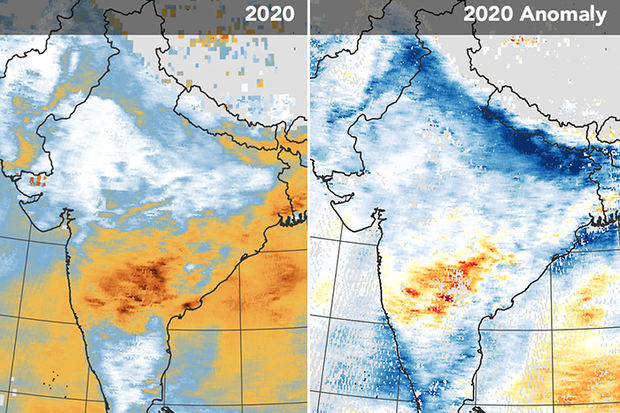New publication: Will the COVID-19 lockdown slow the trend of increasing atmospheric CO2 concentration?

<p>The Covid pandemic set up an accidental experiment for emission changes. Credit: NASA</p>

The Covid pandemic set up an accidental experiment for emission changes. Credit: NASA
The worldwide lockdown in response to the COVID-19 pandemic in the year 2020 led to an economic slowdown and dramatically changed the lives of people around the world. These societal interruptions quickly led to visible changes in atmospheric health. Fossil fuel CO2 emissions were reduced by 8% in the first 4 months of 2020 due to reduced transportation, industrial and power generation, and an anticipated annual reduction of 4%-7%. Although this reduction was short-lived since the economic activities rebounded subsequently and did not occur synchronously in different regions, the COVID-19 pandemic provides an accidental experiment opportunity for the scientific community to monitor and understand the atmosphere response to emission reductions.
To figure out just how big of an impact this event had on atmospheric CO2 concentrations, there are two major challenges. While the magnitude of change is within the detection capability of high-accuracy CO2 analyzers, it is relatively small for carbon-detecting satellites. In addition, atmospheric CO2 is strongly affected by the changes in vegetation and atmospheric transport. Over a long enough period of time, a new balance of CO2 will be established between the atmosphere, the land biosphere, and the ocean.
Read more at the link below.